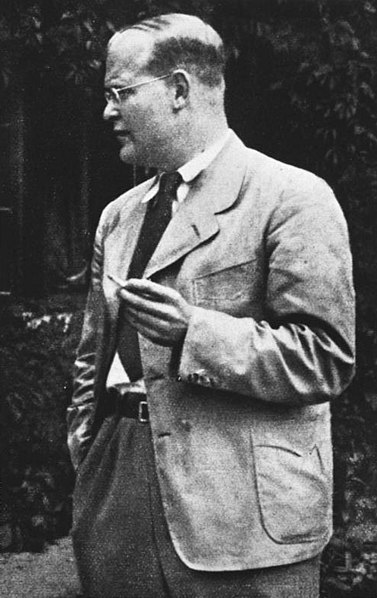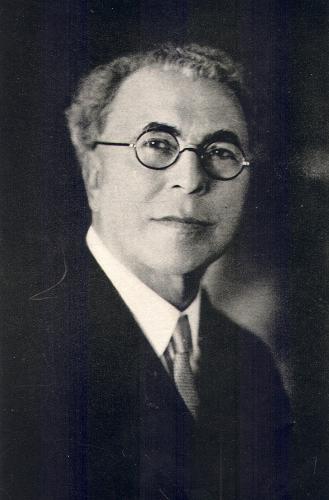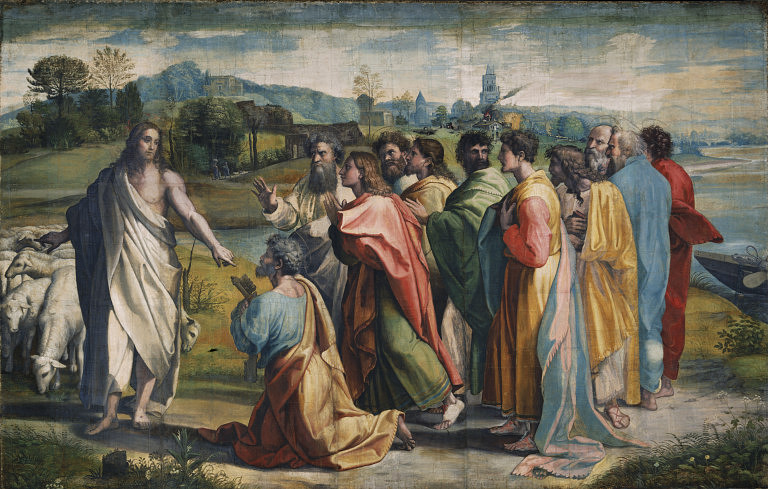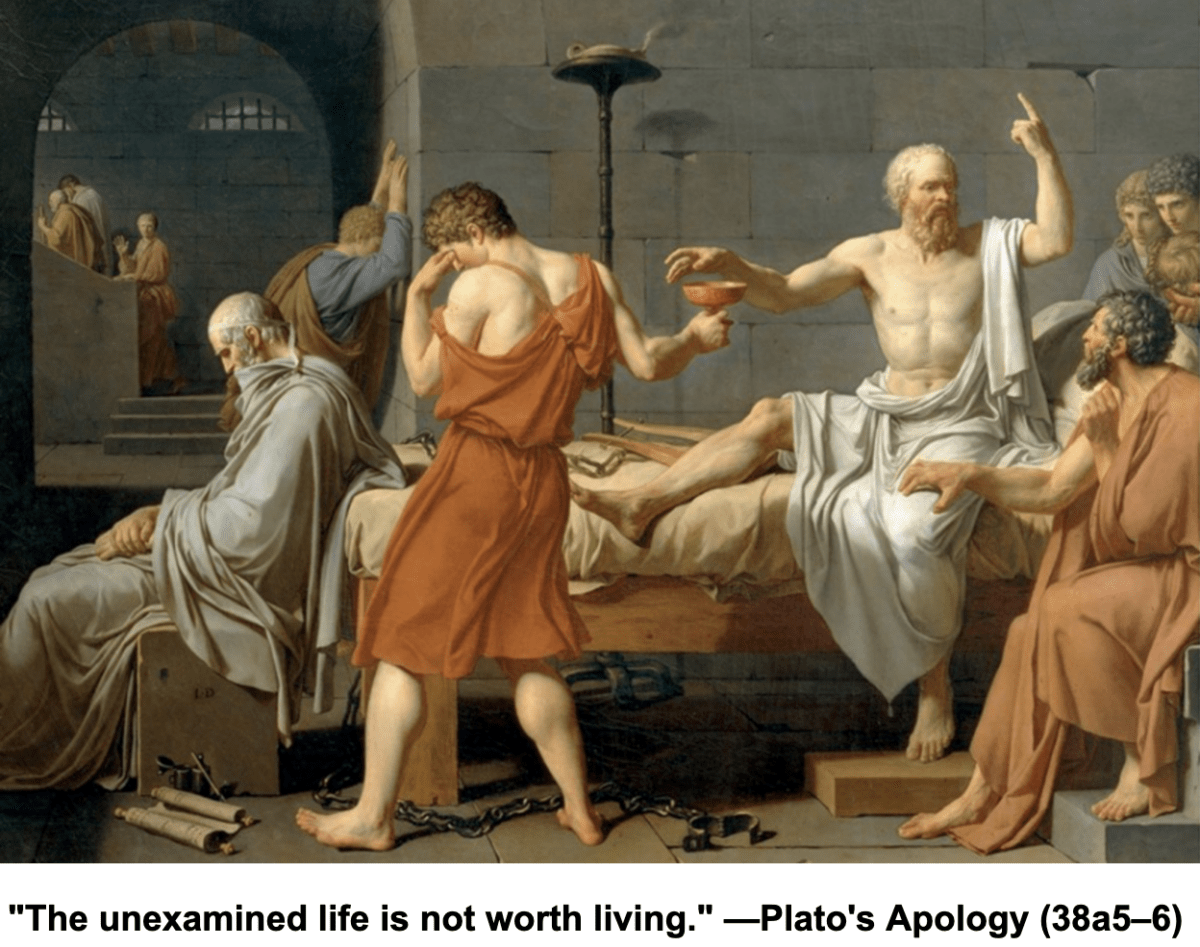Anyone who has been paying attention knows that organized religion has not been fairing well lately. According to a recent Gallup survey, church membership in the United States last year fell below 50% for the first time since the company began gathering data over 80 years ago.[1] Religious affiliation held firm at 70-75 percent until 2000, at which time a steady decline began. Similar trends can be found in Europe and other western nations.
The LDS Church, while not experiencing a net loss in members, has witnessed a steady decrease in its growth rate over the past eight years, to the point that it is virtually flat.[2] And there is no reason to believe this will change anytime soon.
The reasons for these developments are complex and vary by age group and faith tradition. Some cite secularization, a distrust of institutional authority, and/or the ability of people to create their own religious tradition by mixing and matching elements from different faiths.[3]
As it turns out, this is not the first time religion has lost its pull in the United States or Europe. To the contrary, in the latter part of the 19th century, faith-based organizations were severely tested by “an onslaught of urbanization, industrialism and unstable pluralism.”[4] Organized religion was entering an era of profound cultural and economic change that would challenge it for eight decades.
Some churches were resigned to these trends, seeing them as a “sign of the times,” a prelude to the Second Coming. So they pursued a policy of retrenchment. Many, however, were introspective. Instead of blaming the congregant and ascribing the loss of faith to some defect in the individual, they developed new techniques to meet the spiritual needs of their parishioners.[5] But they didn’t simply adapt. They viewed these challenges as an opportunity.
Catholics, for example, expanded the remit of women and lay-managed societies, transforming parish life for their members. More significantly, the church embarked upon an ambitious program of building hospitals and chartering schools, initiatives that still pay dividends. Jews embraced the formation of New World denominations, placed renewed emphasis on philanthropy, and elevated women’s issues. For their part, Protestant religions focused on proselytizing and meeting the needs of the poor. And in pursuing these objectives, they “championed efficiency and advertising, hallmarks of modernity.”[6]
There were two areas, however, where organized religion in the early 20th century was slow to change: (1) teaching and preaching, and (2) music. The distinguished German sociologist, Max Weber, when he visited New York in 1904, was singularly unimpressed with the quality of the sermons he heard.[7] The Lutheran pastor and theologian, Dietrich Bonhoeffer, was similarly dismayed by the thin gruel offered by the New York Union Theological Seminary, where he was a resident fellow. The surrounding Manhattan churches were not much better in his opinion—with one exception: The Abyssinian Baptist Church in Harlem where the preacher, whose parents had been slaves, was Adam Clayton Powell Sr.[8]

Dietrich Bonhoeffer 
Adam Clayton Powell Sr.
Bonhoeffer feasted upon Powell’s theological ideas, which were presented with passion, great intellect and social vision. He also was thrilled by the music he found at Abyssinian—“negro spirituals,” what today is called “praise music”—so much that he purchased recordings, which he shared with his students when he returned to Berlin. “They were among his most treasured possessions, and for many of his students, they seemed as exotic as moon rocks.”[9] Other Protestant faiths, along with the Catholic Church and Jewish rabbis, took a page from the black Baptist churches and upped their game at both the pulpit and in the choir loft.[10]
The LDS Church, I believe, is beset with similar challenges, ones that will be brought into stark relief as the pandemic begins to unwind and the church tries to lure people back into the pews. Some, I believe, will not return, or will do so only sporadically because they found other, more fulfilling ways to meet their spiritual needs during this hiatus—needs that were not being met by the church’s worship services, activities and programs.
So we now must confront the same choice forced upon organized religion at the start of the 20th century: do we attribute declining growth and activity rates to the wickedness of the people or do we take a hard look in the mirror and ask, “How can we attract newcomers and recover those who have left?” If we choose the latter approach, then perhaps a constructive first step would be to refrain from micromanaging the affairs of local congregations.
For example, dictating the artwork for meetinghouses and restricting the types of musical instruments that can be used during worship services, especially outside the United States, is cultural colonialism at its worst. Such bureaucratic overreach limits the ability of local leaders to meet the unique needs of their congregation and is at odds with Joseph Smith’s counsel to teach people correct principles and let them govern themselves.
It also might be a good idea to rethink the wisdom of “themed” Sacrament meetings. Three consecutive talks on obedience or tithing or whatever are rarely more effective than one, well-prepared discourse. Repetitive lecturing alienates the youth and often has a somniferous effect on adults. I once had a bishop who insisted that each speaker be assigned a different topic. The talks seemed better prepared, people paid closer attention, and I often found myself making surprising connections between seemingly unrelated gospel topics.
In addition, sacrament meeting talks are too often devoid of scriptural references and frequently concentrate on feelings and emotions at the expense of intellectual substance. In the words of LDS scholar and author, Armand Mauss, “the heart [triumphs] over the head in popular Latter-day Saint religious expression.”[11]
There was a time in the 19th century and early 20th when things were different, when complex doctrines were the subject of sermons given by church leaders, which were then distributed to the general membership in the Desert News and the Journal of Discourses. Similarly, the manuals used at the time were not the work of correlated committees, but were stimulating works such as The Lectures on Faith, John A. Widtsoe’s Rational Theology, and Russell B. Swensen’s, The New Testament: The Acts and the Epistles. The devotional and the intellectual were given equal importance and no one worried whether new members could keep up.
More importantly, our teaching is in need of serious improvement. Don’t take my word for it. Listen to President Jan E. Newman, Second Counselor in the Sunday School General Presidency who, in the most recent General Conference, devoted his entire talk to this issue. Towards the end, he declared: “I invite leaders and teachers in every organization of the Church to counsel together with parents and youth in order to dramatically improve teaching at every level—in stakes, in wards, and in homes.”[12] This was no “lengthen-your-stride” pep talk. It was a clarion call, a voice of warning, if you will.
All of this poses a special challenge for a church without a professional clergy or trained theologians. Our latter-day scriptures actually speak to this question, but the guidance they provide requires discipline and commitment. “Seek ye out of the best books words of wisdom.”[13] “Study and learn, and become acquainted with all good books, and with languages, tongues, and people.”[14] And “obtain a knowledge of history, and of countries, and of kingdoms, of laws of God and man for the salvation of Zion.”[15] As President Hinckley counseled, “Drink deeply from this ever-springing well of wisdom and human experience. If you should stop now, you will only stunt your intellectual and spiritual growth …. Read. Read. Read.”[16]
This is what it will take if we are serious about accepting President Newman’s challenge to dramatically improve our teaching and preaching. For there is one inescapable, unalterable truth: the talk you give or the lesson you present will be no better than what you have been reading, studying, and thinking about lately and throughout your life. Yes, we are all at different stages in our spiritual and intellectual development, and I share Eugene England’s belief that our church is a school of love and mercy, where we must be willing to endure a poorly prepared lesson once in a while since we, too, will undoubtedly falter in our teaching assignments at times.[17] This, however, cannot be used to justify mediocrity.
We can also improve our music, which at times is too somber and confining. Sacred music of other faiths, along with appropriate classical works, can be spiritually uplifting and edifying. Music directors should be encouraged to experiment, to try new things. Sure, some efforts will fall flat, but that is part of the learning process. We should never stop looking for new ways to worship our Father in Heaven.
Finally, we must give special attention to young adults, especially Millennials and Generation Z. The church used to retain about 75% of its young people; now it is closer to half.[18] Most churches don’t grow by bringing new people in, but by keeping their young people in their tradition as adults. They are the foundation on which you continue to build.
But today’s young adults differ from their predecessors in numerous respects. They are less inclined to defer to authority figures and most do not watch General Conference. And they want the church to be more inclusive on social issues, such as same-sex marriage and the role of women in the church. Finally, they often feel judged when they ask probing questions in church or raise controversial historical or doctrinal issues.[19]
There are signs the church wishes to bridge this generational divide. For example, two months ago it was revealed that the church is conducting an internal survey targeted at young adults between the ages of 18-35. And the questions it contains cover a broad range of issues. Here are a few examples:
• Do you believe “certain groups of people are looked down upon in the Church (e.g., divorced people, people with tattoos, liberals?)”
• Should the church consider innovating “the format and feel of General Conference to be more relevant and engaging (e.g., shorter sessions, emphasis on specific audiences or topics, …?)”
• What about Sunday worship services? Should the tone and format be broadened to include “meditation, praise music, etc.”? And “could we issue callings to Young Single Adults that reflect how they want to serve?”[20]
Who knows if the church will act upon what it learns but the very fact that it is asking these questions is encouraging.
Dietrich Bonhoeffer once said, “[In] the whole of world history there is always only one really significant hour—the present . . . [I]f you want to find eternity, you must serve the times.”[21] We live in an exciting time, one with great potential and many opportunities. For while formal religious affiliation has declined, the Pew Research Center reports that the number of people who feel spiritual stirrings within has risen rapidly, by almost 50%.[22]
Our Savior, the greatest shepherd of all, went to where his flock grazed. We should do likewise.

[1] Jeffrey M. Jones, “U.S. Church Membership Falls Below Majority for First Time,” (Gallup, Inc., March 29, 20201. https://news.gallup.com/poll/341963/church-membership-falls-below-majority-first-time.aspx
[2] Jana Riess, “Why so many new Mormon temples when LDS growth is flat? (Religion News Service, May 20, 2021). https://religionnews.com/2021/05/20/why-so-many-new-mormon-temples-when-lds-growth-is-flat/
[3] Sarah Pulliam Bailey, “Church membership in the U.S. has fallen below the majority for the first time in nearly a century,” (Washington Post, March 29, 2021). https://www.washingtonpost.com/religion/2021/03/29/church-membership-fallen-below-majority/
[4] Jon Butler, God in Gotham: The Miracle of Religion in Modern Manhattan, (Cambridge, Massachusetts: Belknap Press, 2020), pp. 2, 14-15.
[5]Ibid, p. 17. Interestingly, in 1896 the New York City Federation of Churches and Christian Societies conducted surveys to gather data about the religious habits and practices of the local citizenry. Pp. 43-44
[6] Ibid, p. 77.
[7] Ibid, p. 32.
[8] Eric Metaxas, Bonhoeffer: Pastor, Martyr, Prophet Spy, (Nashville, Tennessee: Thomas Norton, 2010) pp. 101-107.
[9] Ibid, p. 109.
[10] Gotham, pp. 119, 125, 136-137, 173-175, 195.
[11] Armand L. Mauss, “Feelings, Faith, and Folkways: A Personal Essay on Mormon Popular Culture,” in ‘Proving Contraries’: A Collection of Essays in Honor of Eugene England, ed. Robert a Rees (Salt Lake City, Utah: Signature Books, 2005), pp. 23-38.
[12] Jan E. Newman, “Teaching in the Savior’s Way,” General Conference of The Church of Jesus Christ of Latter-day Saints, April, 2021.
[13] D. & C. 88:118.
[14] D. & C. 90:15.
[15] D&C 93:53.
[16] Gordon B. Hinckley, BYU Commencement address, Apr. 27, 1995.
[17] Eugene England, “Healing and Making Peace—In the World and the Church,” Sunstone 15 (December 1991), pp. 36-46.
[18] Jana Riess, “How many Millennials are really leaving the LDS Church?” (Religion News Service, March 27, 2019). https://religionnews.com/2019/03/27/how-many-millennials-are-really-leaving-the-lds-church/
[19] Jana Riess, “What the LDS church wants to know from young adult Mormons,” (Religion News Service, March 22, 2021). https://religionnews.com/2021/03/22/what-the-lds-church-wants-to-know-from-young-adult-mormons/
[20] Ibid.
[21] Bonhoeffer, pp. 80-81.
[22] Rabbi Ari Lamm, “Beyond ‘a Shul With a Pool’,” Wall Street Journal, April 30, 2021, p. A-15.

Amen!
I do think that a return to theological and scriptural sermons by members is a challenging idea given the immense age range in our congregations. We are not generally congregations of people over 50 as is true in many other faiths. It is difficult to ask a ten or twelve year old (let alone a 5 year old) to sit still for a deeply scriptural sermon. I best remember a sermon if it has been well illustrated by a personal experience on the subject. Who can forget the story of tithing given by Gary (whose last name just flew out of my head) whose own testimony of tithing was forged by digging graves in Snowflake, AZ? Or the story of eternal families given by Adam Rogers, father of five whose own son was run over and killed in the parking lot of his church building? Barry and I could go on telling stories about good talks, and they most always include a good story. (What we are forgetting are the names of those good people. We’re getting old.)
MUSIC! I totally and completely agree. I also vote for a little more Hallelujah in our meetings–both in word, prayer and music. Who of us can forget Eric Facer putting a little “Somewhere Over the Rainbow” into his Primary program prelude?
Great to hear from you, Virginia!
It always brings a smile to my face when someone brings up one of the unorthodox musical ideas I inserted in Primary programs. The one people have commented on more than any other is the one you mentioned. For many, it triggered profound emotions from their youth, likely because they were caught off-guard by what I had done. But they all saw—and felt—the connection: “Somewhere Over the Rainbow” followed by “I like to look for rainbows….”
There are few things in life that stir the soul like a poignant melody heard in an unexpected context or a sublime hymn you have never heard before. They defy description.